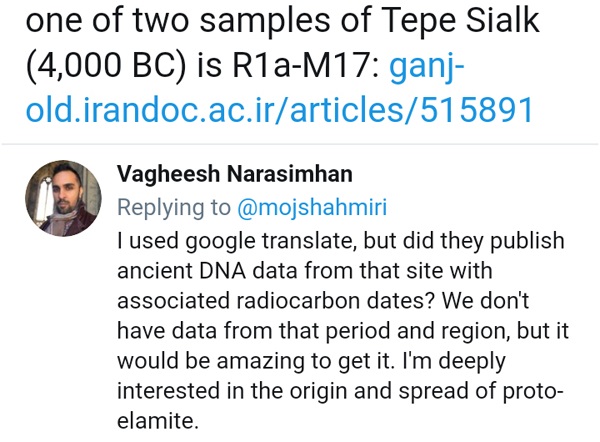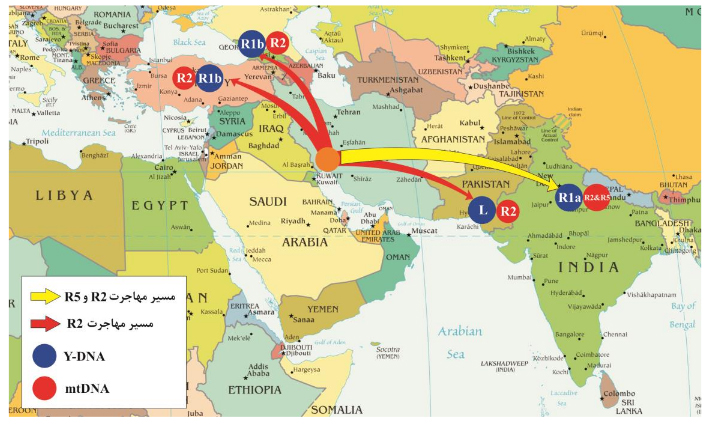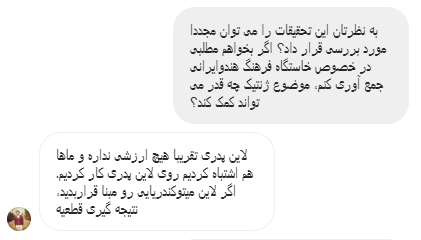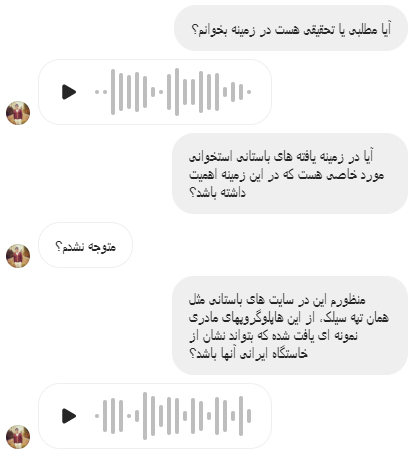I thought about the origin of Indo-Iranian people Narasimhan could help us, so I contacted him but he disappointed me when he related R1a-M17 to the origin and spread of Proto-Elamite.

I and some Iranian geneticists, like Dr. Surena Firuzi, are working on the origin of Indo-Iranian people, who can help us in this project?

I and some Iranian geneticists, like Dr. Surena Firuzi, are working on the origin of Indo-Iranian people, who can help us in this project?




